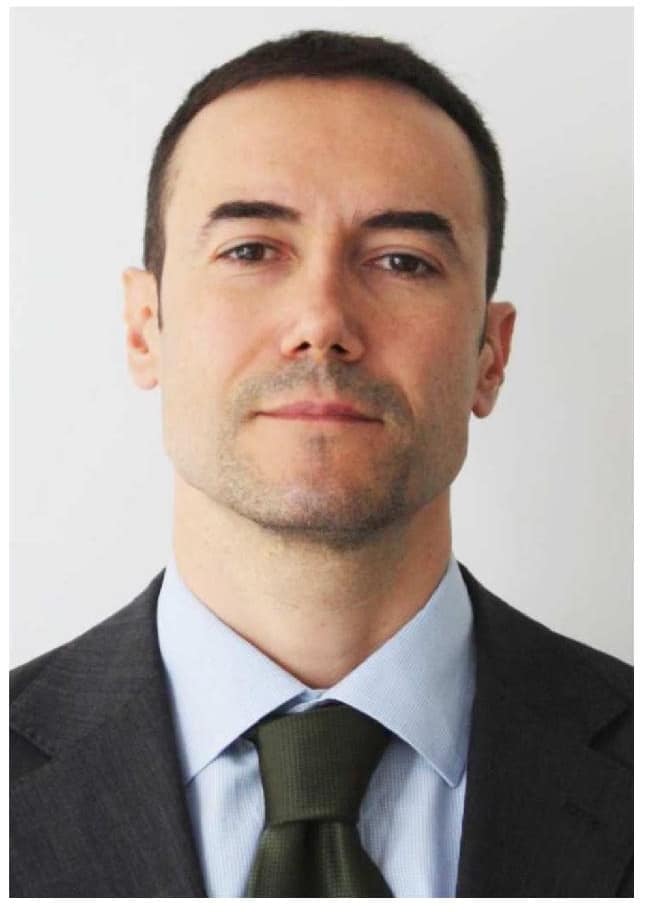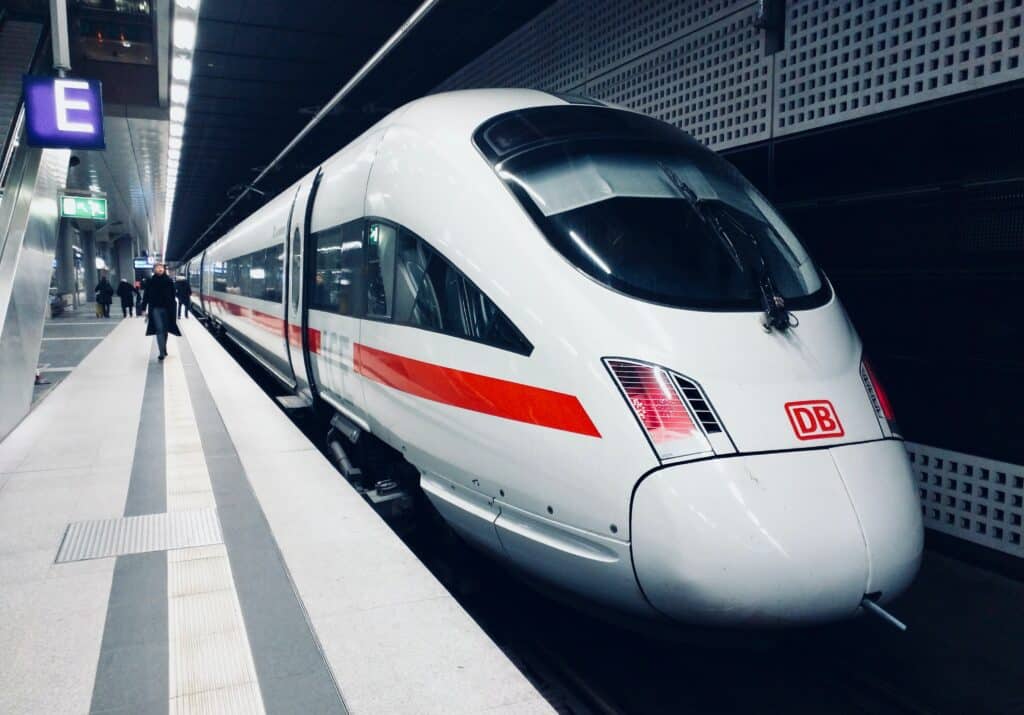Integrated coordination to make the railway system more efficient and facilitate the modal shift
The paper “Integrated coordination to make the railway system more efficient and facilitate the modal shift” will be presented at the 2nd Florence Rail Conference (9-10 December, 2021).
ABSTRACT:
Railway is the greenest mode in land transport. The number and length of Rail Freight Corridors is growing, and a growing number of high-speed cross-border services are going to connect the European continent’s networks.
The adoption of the same standards, rights and regulations across the EU can benefit the travelers and freight forwarders.
The EU reforms aim, in fact, at creating a single market for rail (Single European Railway Area, SERA), but their success will depend on how the more recent reforms (Fourth Railway Package, technical and market pillar) are implemented by the member states.
When the operators can compete on rail networks, with a level playing field, the consequence is that new entrants can emerge with a subsequent market fragmentation. Big national groups see their market share falling down but this encourage them to invest in innovation, and efficiency; passengers and freight forwarders can use more efficient services at a lower cost, and the overall rail market increase, as a result.
Railway, being a green and sustainable mode of transport, is essential to achieve the European climate goals while increasing the market. Infra-access-charges for rail and road, in this respect, are one key element to consider.
In the last years, we see lower efficiency of railway as a system, especially in its competition with other modes. This can be avoided by strengthening the coordination of some functions at cross-border, but the coordination can works only if the industry is willing to co-operate services and ready to prioritize the needed investments (TEN-T completion with high-speed lines).
The purpose of the study is to investigate if / which options are possible to better coordinate elements and functions at supranational level, making the railway system more efficient to boost the modal shift and achieve the climate goals.
The railway sector has now the opportunity to candidate itself as the best alternative to road and air for freight and passengers services.
The number of non-incumbent operators in the EU rail freight market is growing, as they are attractive to end-users. However, a strong modal shift is not happening while we want to reach the 50% growth of rail freight by 2030 and doubling by 2050.
A more integrated coordination of elements / functions, cross-borders, can help the boost of the modal shift, with the revision of the TEN-T and EU Rail Freight Regulations.
This research describes the effect of existing policies in the network industries and suggest new measures to implement in the railway sector.
In railways, RFCs enabled infra-users to see their needs being addressed internationally and in a coordinated manner. However, the initiative should see better results in terms of competitiveness, reliability and responsiveness, ensuring lower transit times.
In TEN-T corridors, doubling high-speed rail traffic across Europe by 2030 in a fully operational network, will need a proper priorisation with a multimodal view and also reaching peripheral regions. The transport sector should consider access-charges harmonization.
RFCs brought an improved cooperation among infra-managers, but their services could be more adapted to the customers’ needs, especially for capacity, planning and operation. In future, RFCs should foster a closer cooperation between stakeholders as far as traffic, capacity, and performance are concerned.
Digitalisation can facilitate this exercise. The European deployment of IT systems and EU macro-region platforms could pave the way to a network approach, in capacity management (TTR Project) and traffic (pilot projects on traffic coordination and end-to-end performance monitoring).
The expected result of this study are possible solutions to better coordinate functions at supranational level making the railway more efficient, boosting the modal shift, and achieving climate goals.






